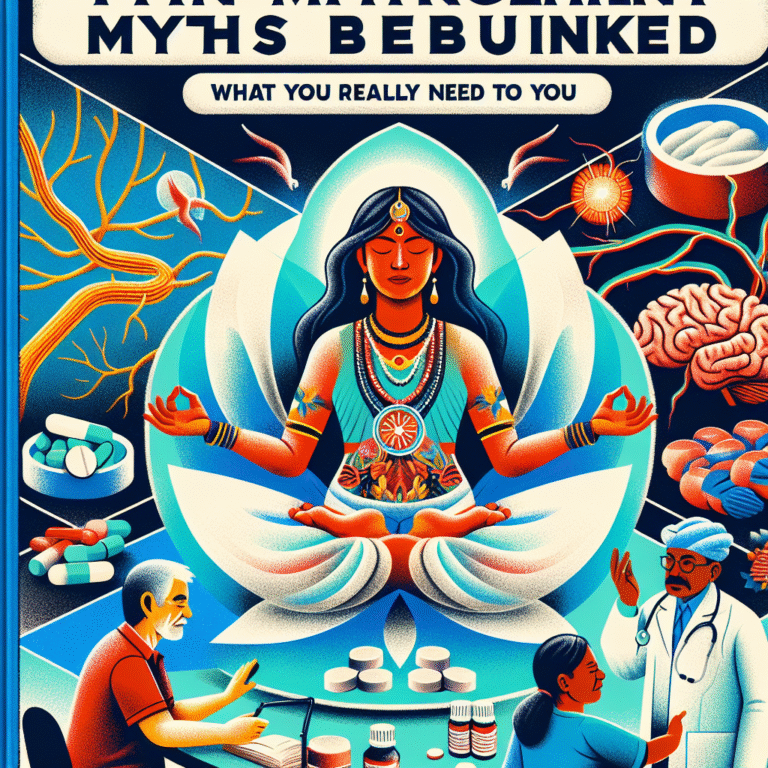
Introduction
In today’s fast-paced world, the concept of mindfulness has transcended mere buzzword status; it has become a powerful tool for enhancing well-being, productivity, and emotional resilience. Mindfulness in Action: Practical Exercises to Incorporate into Your Daily Routine is not just about meditation or quiet reflection; it’s about embedding mindfulness into your everyday life—turning simple tasks into opportunities for presence and awareness. Whether you’re feeling overwhelmed at work, seeking deeper connections in your relationships, or striving to find balance in life, implementing practical mindfulness exercises can have transformative effects.
This article aims to explore actionable strategies for integrating mindfulness seamlessly into your daily routine, showcasing the benefits and real-world applications of these practices. Prepare to unlock a more intentional way of living!
Understanding Mindfulness
Before we dive into practical exercises, let’s clarify what mindfulness truly means. At its core, mindfulness is the practice of being fully present and engaged in the moment, without judgment. This approach allows you to acknowledge your thoughts, feelings, and surroundings, fostering a deep sense of awareness that can enrich your life.
The Benefits of Mindfulness
Engaging in Mindfulness in Action: Practical Exercises to Incorporate into Your Daily Routine has numerous benefits:
- Reduced Stress: Mindfulness practices can help mitigate stress by cultivating a sense of calm and clarity.
- Improved Focus: Regular mindfulness practice enhances concentration and cognitive function.
- Emotional Regulation: Mindfulness supports healthier emotional responses, improving your relationships.
- Enhanced Creativity: Being present can spark creativity, offering fresh perspectives on challenges.
Practical Exercises to Incorporate Mindfulness into Your Daily Routine
1. Mindful Morning Rituals
Start your day with intention. Instead of diving into the day’s tasks, take a few minutes for a mindful morning ritual. This could include:
| Exercise | Steps | Benefits |
|---|---|---|
| Morning Pages | Write three pages of your thoughts. | Clears mental clutter. |
| Mindful Coffee | Savor each sip of your coffee or tea. | Enhances taste appreciation. |
| Guided Meditation | Use an app for a 5-10 minute session. | Sets a calm tone for your day. |
Case Study: Sarah, a corporate executive, began incorporating mindful morning rituals. She reported feeling less rushed and more focused throughout her day.
2. Mindful Commuting
Transform your commute into a mindful experience, regardless of how you travel.
Ideas for Mindful Commuting:
- Breath Focus: If you’re driving, pay attention to your breath and the sensations in your body.
- Podcasts or Music: Choose uplifting or calming audio that aligns with your mood.
- Nature Observation: If you’re walking or biking, take a moment to notice the flora and fauna around you.
Case Study: Tom, who commutes via public transport, uses this time to practice mindfulness. Rather than scrolling through his phone, he observes his surroundings and engages with his environment, which has led to a notable increase in his overall well-being.
3. Mindful Eating
Eating can often turn into a rushed activity. Make it a practice of mindfulness instead.
Simple Steps for Mindful Eating:
- Eliminate Distractions: Turn off screens and focus solely on your meal.
- Savor Each Bite: Chew slowly, noticing the flavors and textures.
- Express Gratitude: Take a moment to appreciate the food and its origins.
| Element | Mindful Eating Approach | Impact on Health |
|---|---|---|
| Portions | Serve smaller portions intentionally. | Helps manage consumption. |
| Pleasure | Enjoy meals as a sensory experience. | Increases satisfaction. |
Case Study: Lisa struggled with overeating, leading her to feel sluggish. After implementing mindful eating techniques, she finds joy in smaller portions and feels more energized.
4. Mindful Work Breaks
Incorporate short mindfulness breaks throughout your workday to enhance productivity and reduce fatigue.
Simple Break Exercises:
- Five-Finger Breathing: As you inhale, trace your fingers up one hand, and as you exhale, trace down. Repeat for each finger.
- Mini-Meditation: Close your eyes for a brief moment and focus on your breath for a few minutes.
- Stretch and Reset: Stand up and stretch while focusing on how your body feels.
Case Study: Mark, a software developer, introduced mindfulness breaks during long coding sessions. He discovered that these breaks boosted his creativity and concentration, leading to improved work performance.
5. Mindful Relationships
Elevate your interactions by practicing mindfulness in your relationships.
Techniques for Mindful Relationships:
- Active Listening: Give your full attention to the speaker. Resist the urge to interrupt or judge.
- Nonverbal Cues: Be aware of body language, both yours and others’.
- Express Gratitude: Regularly acknowledge what you appreciate in your partner or friends.
Case Study: Jenna and Alex, a couple, began practicing active listening during conversations. This small adjustment led to greater understanding and reduced misunderstandings.
6. Mindful Evening Routines
As your day concludes, a mindful evening routine can help you unwind and reflect.
Elements of a Mindful Evening:
- Digital Detox: Turn off devices at least an hour before bed.
- Journaling: Reflect on your day, noting what you learned or are grateful for.
- Gentle Stretching: Incorporate yoga or gentle stretches to relax your body.
| Element | Mindful Evening Activity | Positive Impact |
|---|---|---|
| Journaling | Reflect on the day’s events | Promotes self-awareness. |
| Relaxation Techniques | Guided imagery or visualization | Eases transition to sleep. |
Case Study: Rachel struggled with sleeplessness due to constant screen time. After adopting a mindful evening routine, she experienced improved sleep quality and a more relaxed mindset.
Conclusion
Incorporating Mindfulness in Action: Practical Exercises to Incorporate into Your Daily Routine can create profound change in your life. By embedding mindfulness into your morning, commuting, eating, work, and evening routines, you empower yourself to lead a more intentional and fulfilling life.
The beauty of mindfulness is that it’s versatile and can be tailored to fit your unique lifestyle and preferences. As you implement these practices, remember—mindfulness is a journey, not a destination. Embrace the process, be compassionate with yourself, and celebrate small victories along the way.
FAQs
-
What is mindfulness?
- Mindfulness is the state of being present and fully engaged in the moment without judgment.
-
Do I need to meditate to practice mindfulness?
- No, mindfulness can be practiced in various ways, including simple daily activities.
-
How long should I practice mindfulness each day?
- Start small—5 to 10 minutes is effective. Gradually increase the time as you feel comfortable.
-
Can mindfulness help with anxiety?
- Yes, many studies show mindfulness can significantly reduce anxiety and improve mental health.
- What if I find it hard to focus while practicing mindfulness?
- It’s normal to experience distractions. Acknowledge them and gently return your focus to your breath or activity.
By embracing the practices outlined above, you can unlock the transformative power of mindfulness in your daily life. Start small, be patient, and discover the profound impact of living mindfully!














